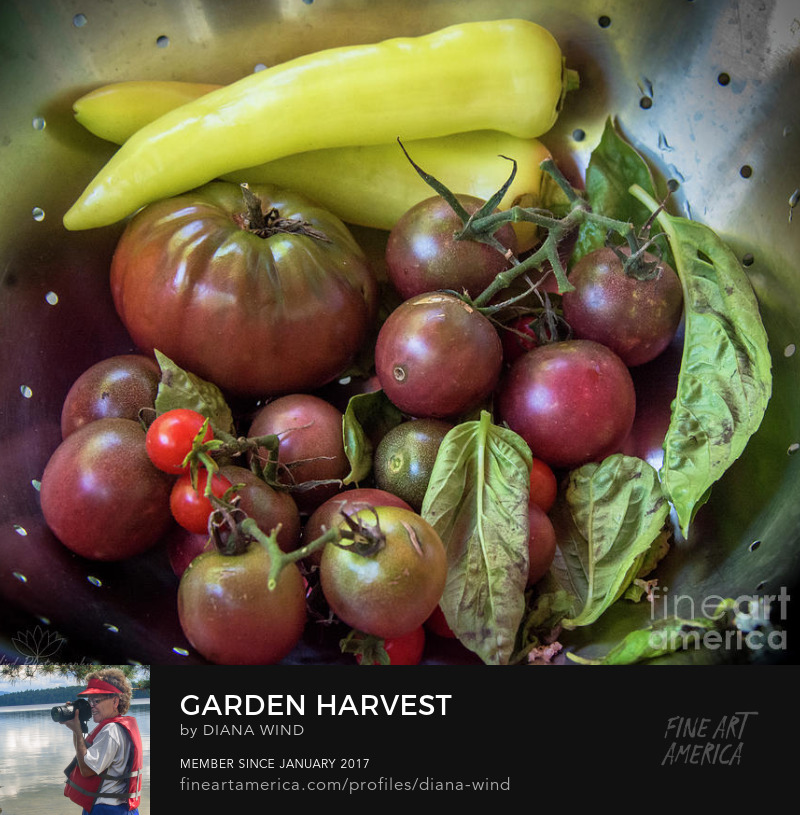Doe a Deer
Hobbies
like nature photography get us out of the house for hours and
moving more. Harry and I took our cameras to Amico Island Park located in Delran Township, NJ - part of Burlington County Parks System. I was hesitant at first thinking how can I ever capture anything like my first visit to Amico Island photo. Do you remember the magnificent blue heron showing off his full wing span? That was on Amico Island.
On this visit, soon after our arrival, an excited photographer came up to us telling us she saw a large number of deer in the woods. I quickly went in that direction to see if I could find them. Harry stayed behind taking pictures of a beautiful landscape of tree reflections on a pond.
When I found the deer, they allowed me to take their pictures. The deer stayed together hiding in the woods as they listened for other walkers and kids riding their bikes.
As you can see, I got close enough to see their sweet faces. Their color tones blended perfectly with the dried weeds and grasses in the winter landscape. A large buck strolled by too; I was in awe and could not react fast enough to snap his photo. The late day light streamed through the trees outlining the deer's bodies, even their whiskers!
This was the first time I noticed deer had whiskers and distinct markings on their faces. They are such beautiful animals.
Besides having white underside their tail, white-tailed deer display white rings around their eyes and nose that remind me of our cat Sammi. Sammi's eyes have beautiful, thick white outlines above and below her eyes.
After my hike thorough the woods and getting lost after wandering off to find deer to photograph; I finally found Harry on my way back to the car at a scenic overlook of the Philadelphia skyline.
Within minutes, just before the park closed, we had a chance to view a most spectacular orange glow across the Delaware River as the sun set behind Philadelphia!
 |
| Amico Island Sunset - Philadelphia Skyline by Diana Wind |








































































